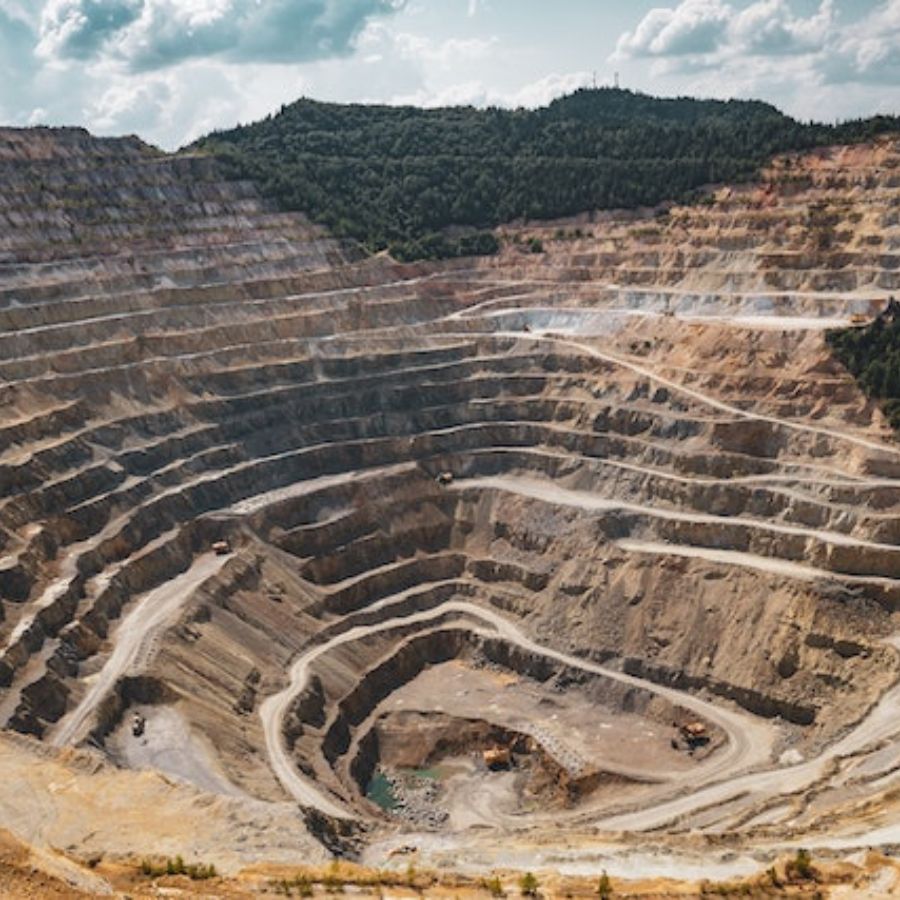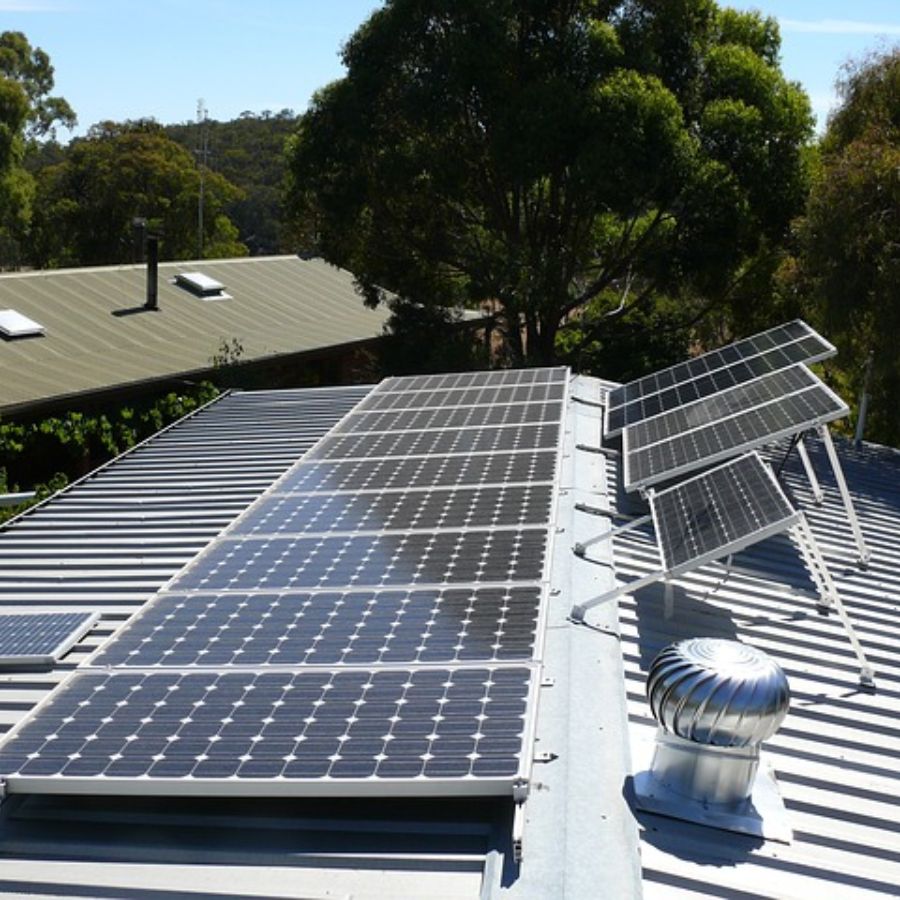In today’s rapidly changing world, the need for sustainable and renewable energy sources has become increasingly crucial. Solar BC says solar is Canada’s most commonly adopted renewable energy source.
Canada, known for its abundant natural resources, plays a significant role in meeting the energy demands of its population. Coal has been a prominent player among the various energy sources available for decades. However, the question arises: Is coal renewable in Canada?
In this article, we will explore the status of coal as a renewable energy source in Canada, backed by statistics and information from government and educational sources.
Understanding Coal and Renewable Energy

To delve into the topic, it is essential to establish a common understanding of coal and renewable energy. Coal is a fossil fuel formed from the remains of ancient plants that lived millions of years ago. It is primarily composed of carbon, and when burned, it releases carbon dioxide (CO2) into the atmosphere. Fossil fuels, including coal, have been the primary energy source for centuries, particularly in generating electricity. However, burning fossil fuels, including coal plants, significantly contributes to greenhouse gas emissions and climate change.
On the other hand, renewable energy sources come from natural resources that can replenish themselves over time, such as solar, wind, hydro, and geothermal power. Unlike coal and other fossil fuels, renewable energy sources do not deplete finite resources and do not produce as much CO2 when producing electricity. These sources harness the power of the sun, wind, water, and Earth’s heat to generate electricity more cleanly and sustainably.
Coal Production and Consumption in Canada
Canada possesses significant coal reserves, primarily found in Alberta, British Columbia, and Saskatchewan. Historically, coal has been a crucial component of Canada’s energy sector, used for various purposes, including electricity generation, industrial processes, and steel production. However, it is vital to recognize that coal, like other fossil fuels, is a non-renewable resource. The formation of coal takes millions of years, making it impossible to replenish within a human lifetime.
Coal, particularly bituminous coal, is extracted through surface or underground mining. Surface mining involves removing layers of soil and rock to access coal seams, while underground mining requires tunneling deep into the Earth to reach the coal deposits. Once extracted, coal is transported and utilized in various industries to produce energy.
Burning fossil fuels, including coal, releases significant amounts of carbon dioxide (CO2) and other greenhouse gases into the atmosphere. These emissions contribute to climate change and have adverse environmental impacts. Recognizing the need to reduce greenhouse gas emissions, Canada has been actively transitioning away from coal and adopting cleaner energy sources.
Government Policies and Transition
Recognizing the environmental impact of coal and the global shift toward renewable energy, Canada has implemented policies to reduce coal consumption and facilitate the transition to cleaner alternatives. In 2016, the federal government made a significant commitment to phase out traditional coal-fired electricity by 2030. This initiative aims to mitigate greenhouse gas emissions and improve air quality.
Coal, a non-renewable fossil fuel formed over hundreds of millions of years, releases significant amounts of carbon dioxide when burned for heat energy. By gradually phasing out coal, Canada proactively addresses climate change and embraces more sustainable energy sources.
The government’s commitment to transitioning away from coal aligns with its broader efforts to expand the use of renewable energy, such as solar, wind, hydro, and geothermal power. These renewable alternatives offer cleaner and more sustainable options for generating electricity and reducing dependence on fossil fuels.
Renewable Energy Growth
Canada has been actively investing in renewable energy sources to reduce its reliance on coal and other non-renewable resources. According to the Canadian Renewable Energy Association (CanREA), as of 2021, renewable energy accounted for approximately 18% of Canada’s total electricity generation. This percentage continues to grow as the country expands its renewable energy capacity with investments in wind, solar, hydro, and other clean energy technologies.
Advantages of Renewable Energy
Renewable energy sources offer several distinct advantages over coal. Let’s explore these advantages in detail:
Mitigating Climate Change
Renewable energy sources produce minimal to no greenhouse gas emissions during electricity generation. It significantly reduces the carbon footprint and helps combat climate change. Unlike coal, which releases substantial amounts of carbon dioxide when burned, renewable energy technologies contribute to a cleaner and more sustainable environment.
Cost-Competitiveness and Job Creation
The cost of renewable energy technologies, such as solar panels and wind turbines, has been steadily decreasing in recent years. This cost competitiveness and technological advancements make renewable energy increasingly affordable. Investing in renewable energy saves money in the long run and stimulates job creation in the renewable energy sector.
Sustainable and Inexhaustible
Renewable energy sources, such as solar, wind, hydro, and geothermal power, are inherently sustainable. These energy sources rely on natural processes that one can harness continuously without depleting finite resources. Unlike coal, a non-renewable fossil fuel formed over millions of years, renewable energy offers a reliable and inexhaustible power supply.
Challenges in Transitioning
While transitioning from coal to renewable energy is a step in the right direction, it presents specific challenges. Let’s explore these challenges in detail:
Infrastructure Development and Grid Integration

Renewable energy sources are often decentralized in areas with abundant solar, wind, or hydro resources. It necessitates significant investments in infrastructure development. They include transmission lines to transport energy from these renewable sites to the grid. Moreover, integrating intermittent renewable energy into the existing power grid requires sophisticated grid management systems to ensure a stable and reliable energy supply.
Energy Storage and Intermittency
Unlike coal, which can burn continuously to produce electricity, some renewable energy sources, such as wind and solar, are intermittent. This intermittency poses a challenge as energy production fluctuates depending on weather conditions. To address this, efficient energy storage systems are required to capture excess energy during periods of high output and release it when demand is high. Developing cost-effective and scalable energy storage technologies is crucial for maximizing the potential of renewable energy sources.
Environmental Impact of Coal
Coal combustion is a significant contributor to air pollution and greenhouse gas emissions. According to Environment and Climate Change Canada, coal-fired electricity generation accounted for approximately 70% of Canada’s electricity-related greenhouse gas emissions in 2018. The emissions include CO2, sulfur dioxide (SO2), nitrogen oxides (NOx), and particulate matter, which contribute to climate change and pose health risks to humans and ecosystems.
Conclusion
In conclusion, coal is not a renewable energy source in Canada. It is a non-renewable fossil fuel that has historically played a significant role in the country’s energy production. However, recognizing the environmental impact and the global shift toward renewable energy, Canada has been actively working to reduce its coal consumption. The government’s commitment to phase out traditional coal-fired electricity by 2030 reflects the country’s determination to transition to cleaner alternatives. Canada is paving the way for a more sustainable and greener future by investing in renewable energy sources and improving energy efficiency.
